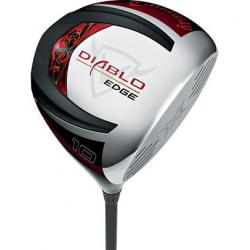Golf balls at the beginning was made of feather-a stiitched leather ball stuffed with boiled goose feathers which were expensive three times than a golf club.At that time,golfers must carry more than three balls with them because these balls were easily destroyed.What's worse,these balls were hard to putt beacause they were not round.In fact,they looked like eggs.
The preceded ball of the feathery ball was wooden ball.The gutta percha was an revolutionary breakthrough.In 1848, the Reverend Adam Paterson of St. Andrews introduced the gutta percha ball,
or gutty, which was made from the sap of the gutta tree found in the tropics. When heated,the rubberlike sap could easily be fashioned into a golf ball. This invention, not to mention the spread of the railways, contributed to the expansion of golf. The gutty was considerably more durable than the feathery and much more affordable. After golfers discovered that bram- ble patterns and other markings on the gutty enhanced its aerodynamics, this ball swiftly achieved dominance in the marketplace.

After 1900, the Haskell rubber-cored ball quickly replaced the gutta percha as the ball of choice. Invented two years earlier by Cleveland resi- dent Coburn Haskell and manufactured by the B. F. Goodrich Rubber Company of Akron, Ohio, the Haskell ball, featuring a gutty cover and a wound rubber core, traveled farther (up to 20 yards more on average) and delivered greater urability.
But,you needn't worry about your golf balls because seleting a type of golf balls is easy.There are no needs for you to know what is the two-piece or three-piece abll contains or the reasons why it has so many pieces.That is the task of the designers.And leave along either the launch angle or spin rate.Today's golf balls are depands on the advanced technology which can bring you perfect speed and super distance and rightly straight flight.


No comments:
Post a Comment